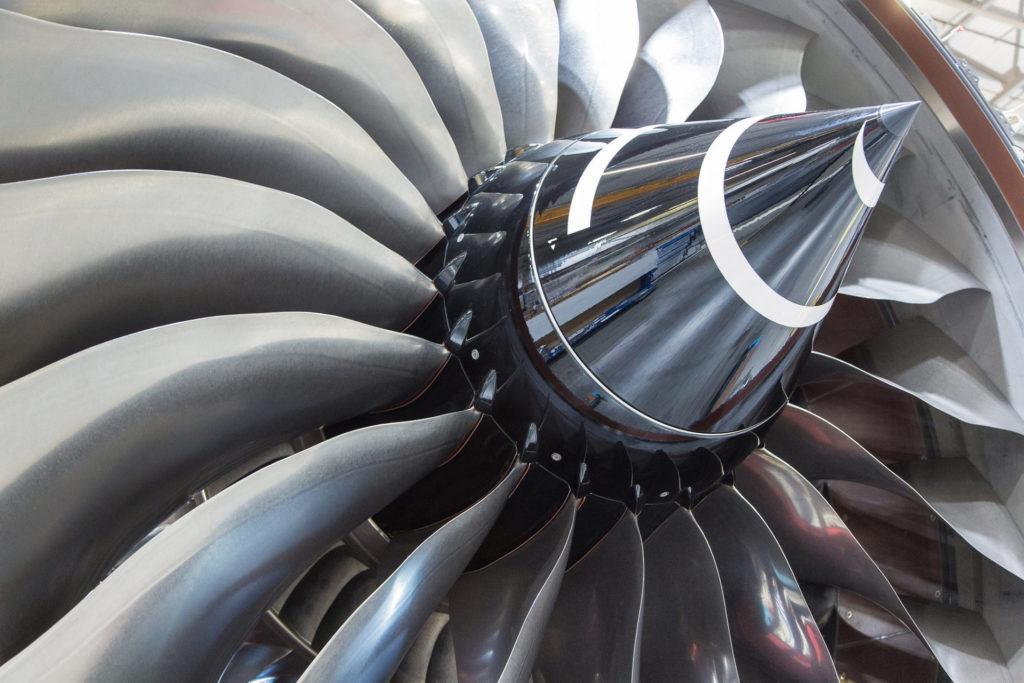Rolls-Royce for many is the gold standard in jet engines, they power some of the biggest, fastest and most-efficient aircraft in the sky such as the Trent powered Boeing 777 or the mighty Pegasus powered Harrier Jump-Jet.
The names alone – Olympus, Proteus, Nene – are names that conjure up memories of kerosene fuelled halcyon days for anyone with a passion for aviation.
Mythology or Rivers
The keen eye will have noted that Rolls-Royce Aero Engine names came in two distinct flavours, Greek Gods and other Mythology or Rivers.
The reason is simpler than you might imagine.
Bristol Siddeley
The Bristol Aero Engines Ltd (Later Bristol Siddeley) started the trend of naming jet engines from Greek and Norse mythology in the late 1950’s. The Olympus engine was one of the most famous and powered the Avro Vulcan, and of course later developed into the Olympus 593 which powered Concorde.
Other Mythology inspired names included Bristol designed ramjets Thor & Odin.
Military turbojets included Orpheus which powered the Folland Gnat and Pegasus which was developed for the Harrier.
Rolls-Royce
Meanwhile, In Derby, Rolls-Royce was developing its own jet engines with one of the first being named the RB.41 Nene, a river in the east of England.
The RB163 Spey was another famous river named engine which powered the BAC One-Eleven and the HS Trident.
Rolls-Royce then took a departure with perhaps their most famous engine of all, the RB211 which was named after, well nothing! it is just the RB211.
The RB211 went on to power the Boeing 747, 757 and the Lockheed Tristar but all without its own name.
This was somewhat rectified in the 1990s though with the introduction of the Rolls-Royce Trent engine, a direct descendant of the RB211 and currently found on some of the worlds most modern airlines including the Airbus A350 which is powered by Trent XWBs.
One company, two naming profiles
Rolls-Royce acquired Bristol Siddeley in 1966 and all the Bristol engines come under the Rolls-Royce banner but the way to remember which is which is simple.
If its a river, its a Derby engine, if its mythical, its a Bristol developed engine.
We won’t see any new Rolls-Royce engines in the future named after mythical beings or Greek gods though as all future engines are likely to follow Derby’s naming.
The last one was to hold the Bristol name was the Olympus 593.

